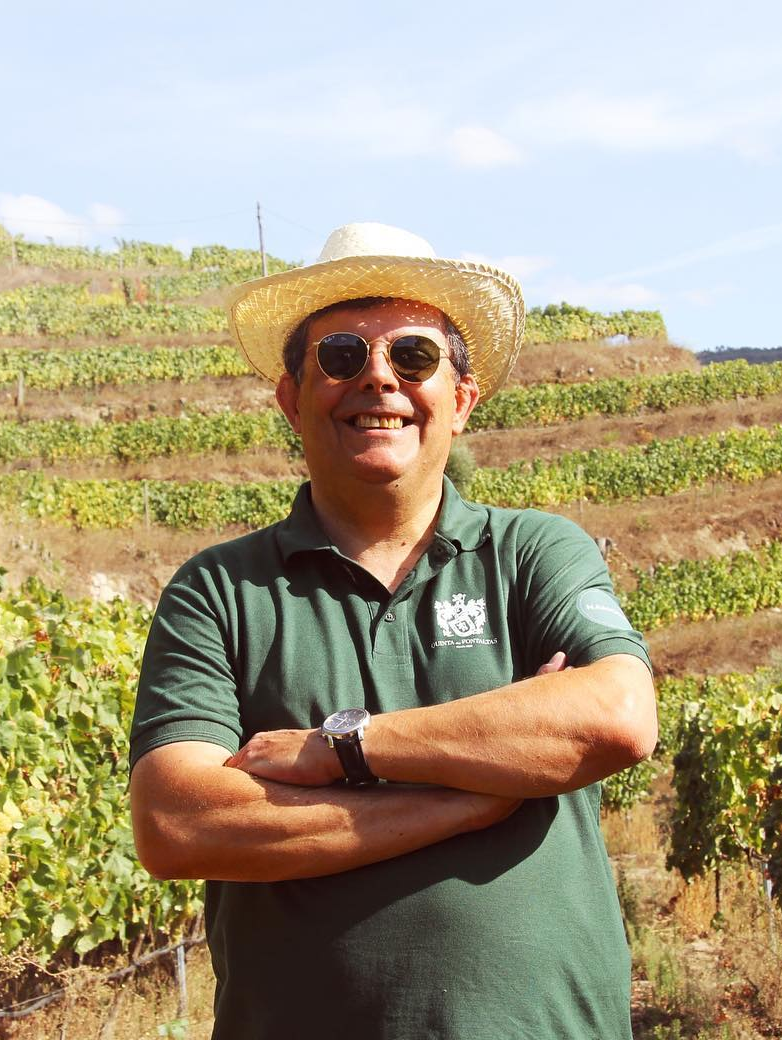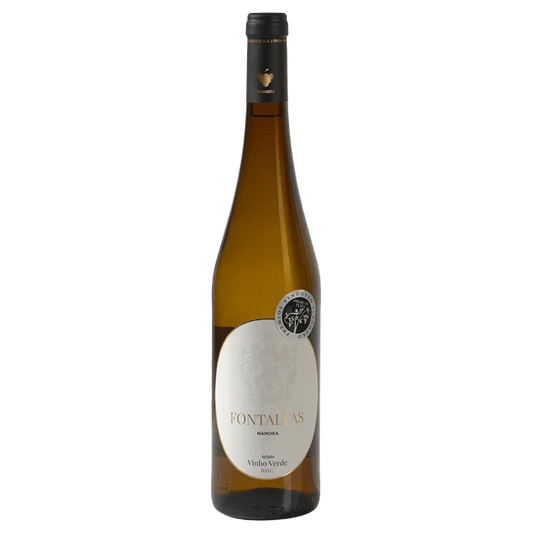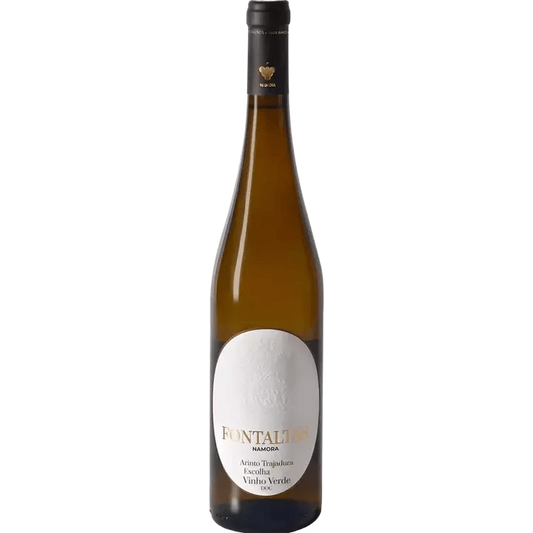The culture of vineyards and wine in that region and on those slopes started in the19th century through religious orders, their ancestral knowledge and practices and, in this case, through the Monastery of Cárquere.
That is why at Quinta das Fontaltas, they say “the vineyards planted in terraces, on a sunny southern slope blessed by the legends and ancestral practices of the Monastery of Cárquere”.
The south-facing vineyards are embraced by winding hillsides, exposing them to the sun's rays all day long. However, they are unable to escape the cold mountain nights. The vineyards are built along multiple terraces, extending from the background stream to the highest points of the hill. As a result, they have varying altitudes, terrains, and average temperatures. These natural factors lead to the production of high-quality grapes that possess a plethora of aromas, sugar levels, and acidity. Consequently, unique and exceptional blends can be crafted.
The wine production in this region primarily uses traditional varieties, particularly the Avesso variety, which is abundant in this sub-region. The final product is a nectar with a high alcohol content, typical of Douro wines, and the freshness and lightness of "green wines."
Specific varieties are best suited for the vineyards due to their natural characteristics such as sun exposure and wind protection. These varieties, such as "Arinto" are often used as a base for producing Vinho Verde sparkling wines.
The Quinta das Fontaltas wineyard is composed, in greater percentage, with the Arinto variety and with other varieties characteristic of Vinho Verde, namely, Loureiro, Trajadura and Avesso. With the latter, extremely sensitive variety, planted at the highest point of the properties, furthest from the brook and less exposed to fogs.

 Sold out
Sold out Sold out
Sold out






